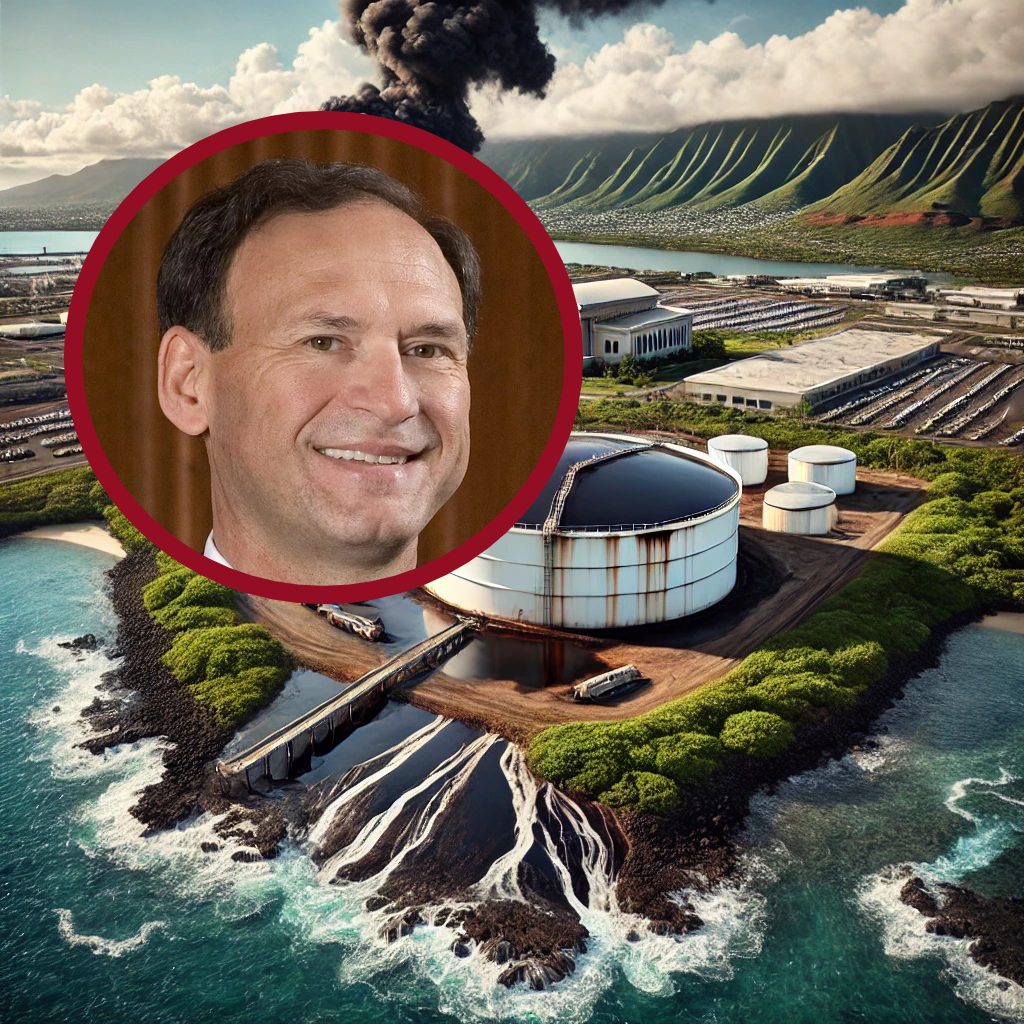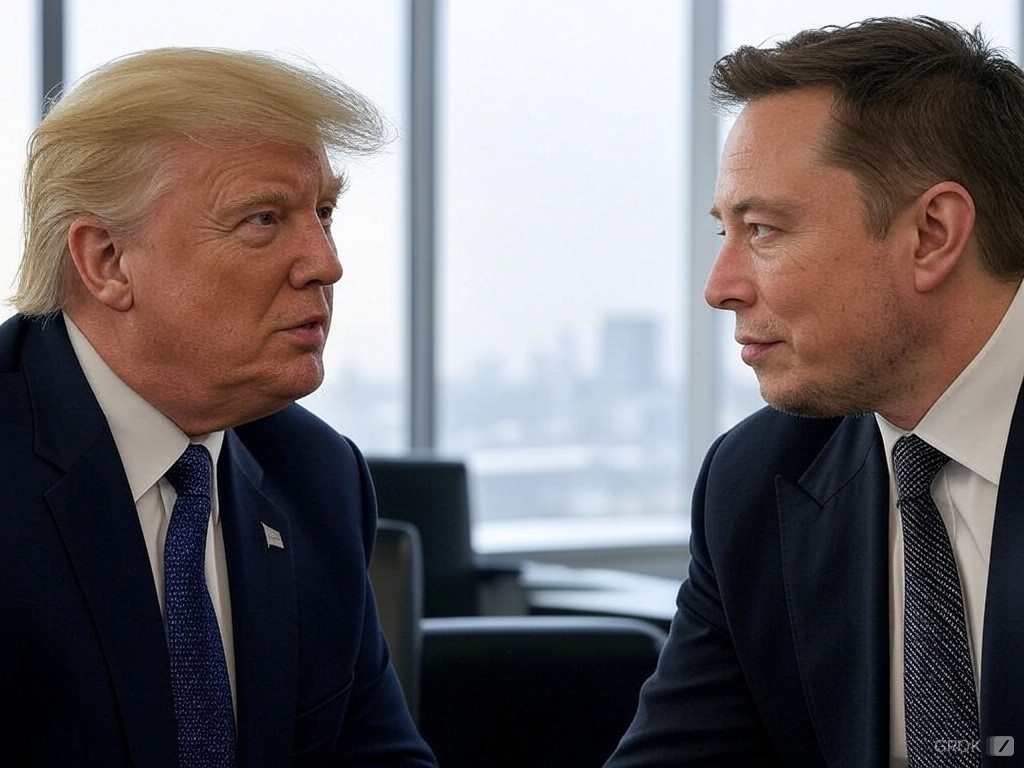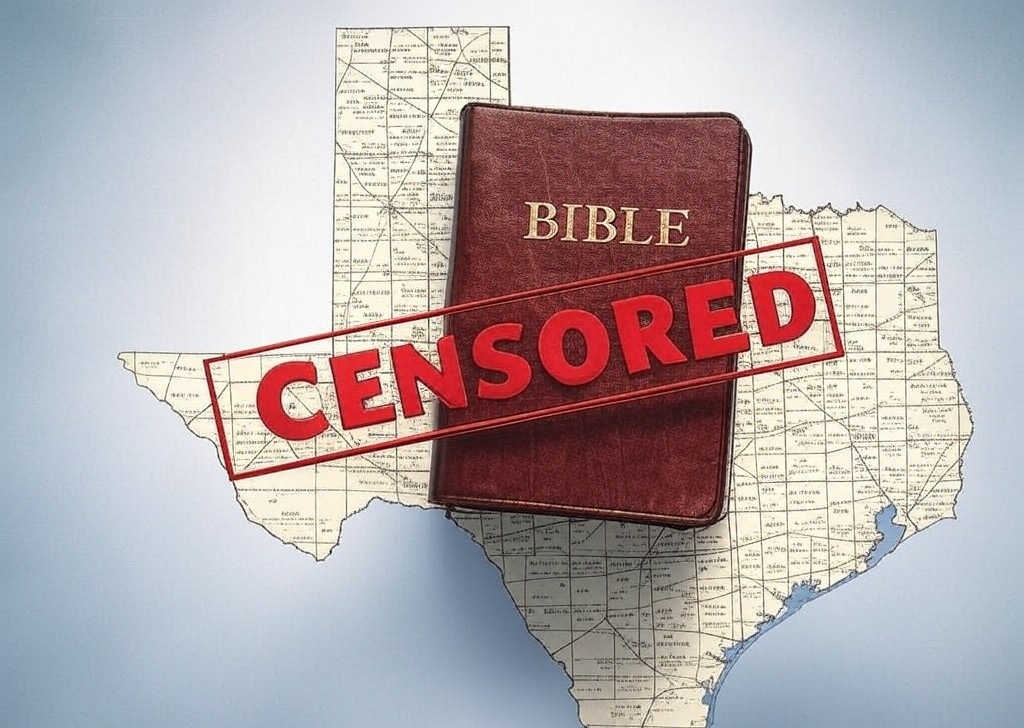In a landmark decision in June, the U.S. Supreme Court overturned the Chevron deference, a legal doctrine that had, for over 40 years, empowered federal agencies to interpret ambiguous laws within their jurisdiction. This ruling has far-reaching consequences, particularly for environmental regulation, where federal agencies like the Environmental Protection Agency (EPA) have long played a crucial role.

One of the most alarming impacts of this decision is its potential to hinder efforts to hold the U.S. military accountable for pollution, especially in areas like Hawaii and other lands where military activities have left lasting environmental damage.

The U.S. Air Force has recently cited the Supreme Court’s decision as a reason for its refusal to clean up contaminated drinking water.

This water, polluted with “forever chemicals” such as PFAS, poses severe health risks, as these chemicals do not break down naturally and can accumulate in the human body.

In Tucson, Arizona, for example, several Air Force bases have been implicated in contaminating local drinking water with both PFAS and trichloroethylene, another harmful chemical linked to industrial activities. Despite an EPA order demanding a cleanup plan estimated to cost $25 million the military branch has refused, claiming the EPA now lacks the authority to enforce such an order due to the Chevron ruling.
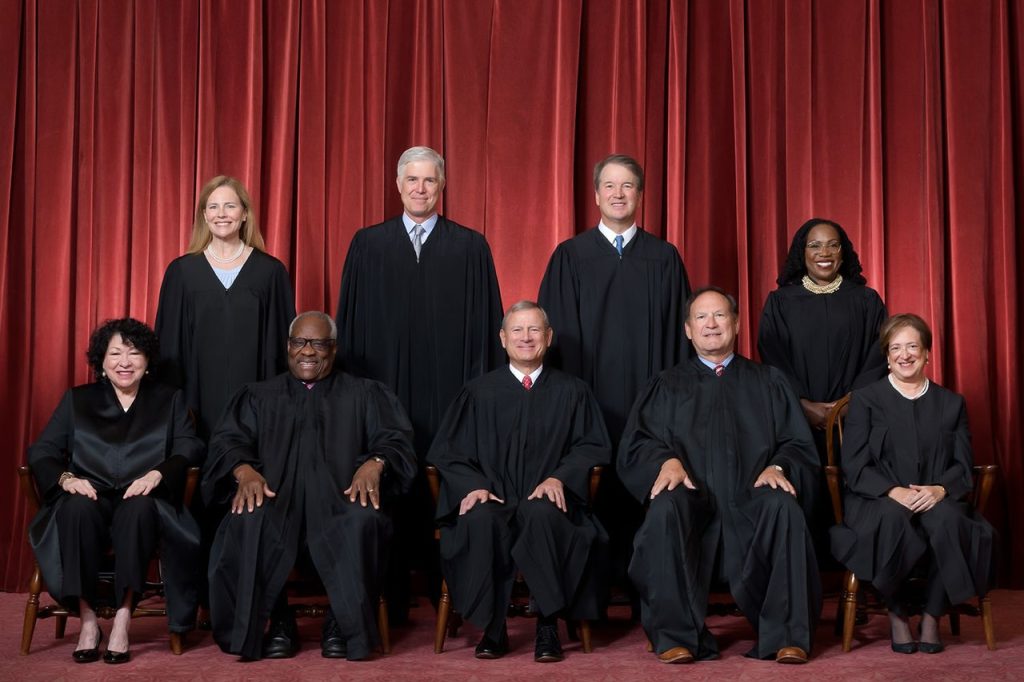
This stance by the Air Force has raised concerns about the broader implications of the Supreme Court’s decision. By overturning Chevron, the Court has essentially transferred the power to interpret and enforce environmental laws from expert agencies to the judiciary, which may lack the specialized knowledge required to address complex environmental issues. Legal experts and former EPA officials have warned that while the ruling technically only affects rule-making, the Air Force’s refusal to comply with the EPA’s order could set a dangerous precedent, encouraging other entities to similarly challenge regulatory mandates.

The situation in Hawaii exemplifies the potential dangers of this new legal landscape. The state has long suffered from the environmental consequences of military activities, including the Red Hill water crisis, where fuel from the Red Hill Underground Fuel Storage Facility leaked into Oʻahu’s freshwater aquifer. This contamination forced thousands of residents, including military families, to stop using tap water for months, leading to a significant public health crisis. The ongoing legal battles, including a mass environmental lawsuit filed against the U.S. government, underscore the severe and lasting impact of military pollution on the environment and public health.
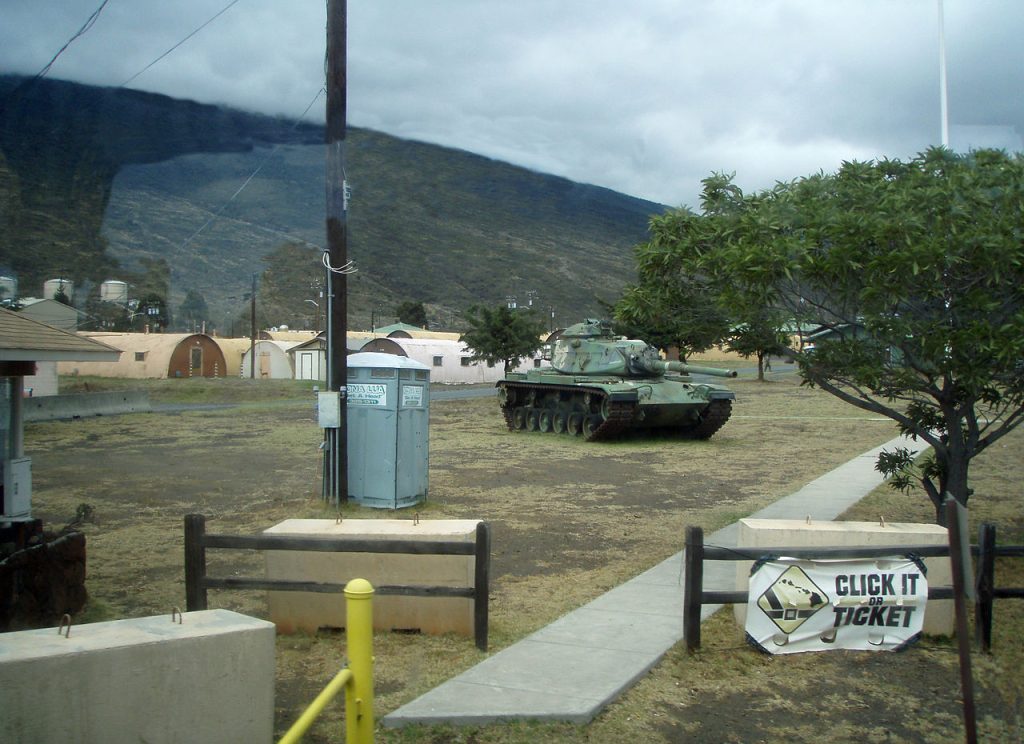
Hawaii’s Pohakuloa Training Area, where the military used depleted uranium and other hazardous materials, and Johnston Atoll, a former site for nuclear and chemical weapons testing, highlight the military’s long history of environmental degradation in the region. Despite past remediation efforts, the legacy of contamination continues to affect these lands, posing ongoing risks to both the environment and human health.

The Supreme Court’s decision to overturn Chevron deference threatens to further weaken the ability of federal agencies to address such issues. By challenging the EPA’s authority, the Air Force’s actions could embolden other branches of the military, as well as private corporations, to resist regulatory efforts aimed at mitigating environmental damage. This could be particularly devastating in places like Hawaii, where the environment has already been severely impacted by decades of military activity.
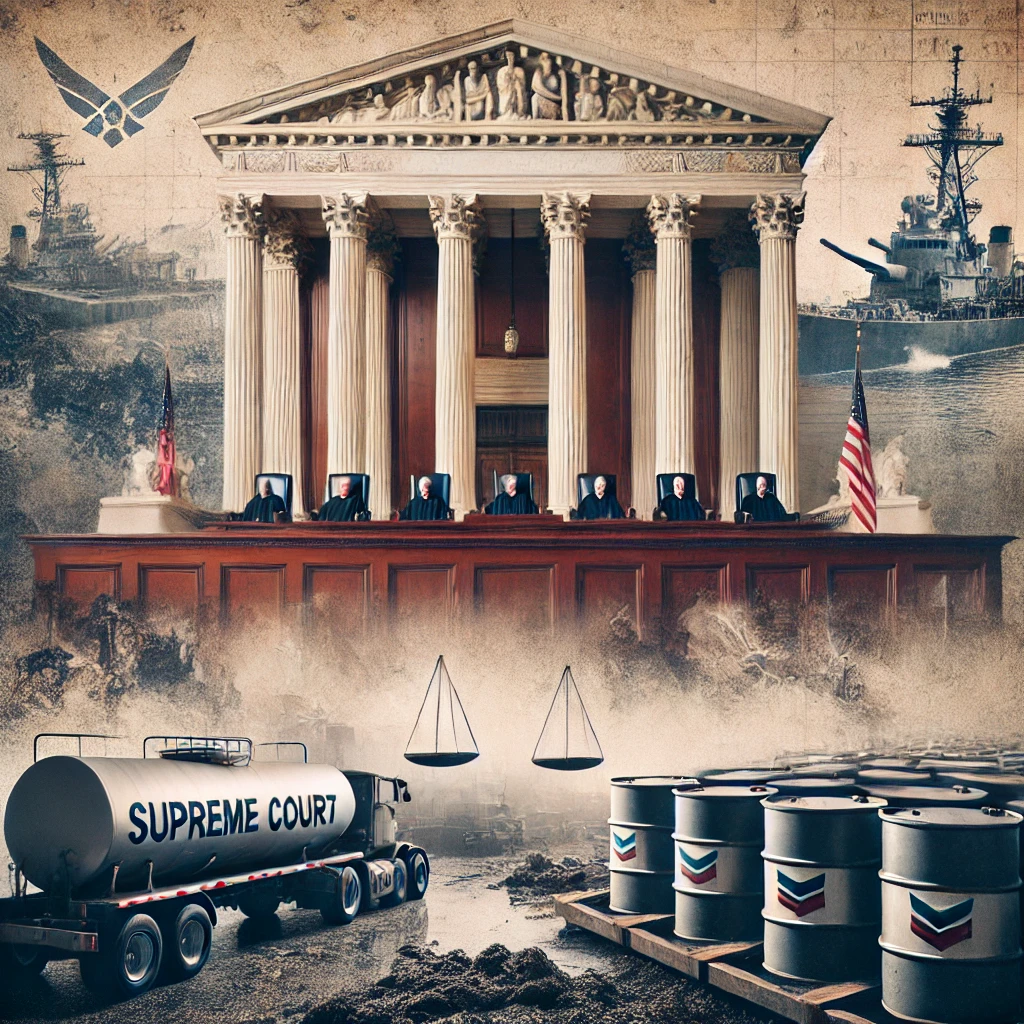
The broader implications of this legal shift are also concerning. As the Department of Defense remains one of the largest contributors to PFAS pollution in the United States, the erosion of regulatory power could result in fewer cleanups and increased health risks for communities near military bases. In Hawaii, where the environment is deeply intertwined with cultural and historical significance, the continued degradation of land and water resources due to insufficient regulatory oversight could have profound and lasting effects.
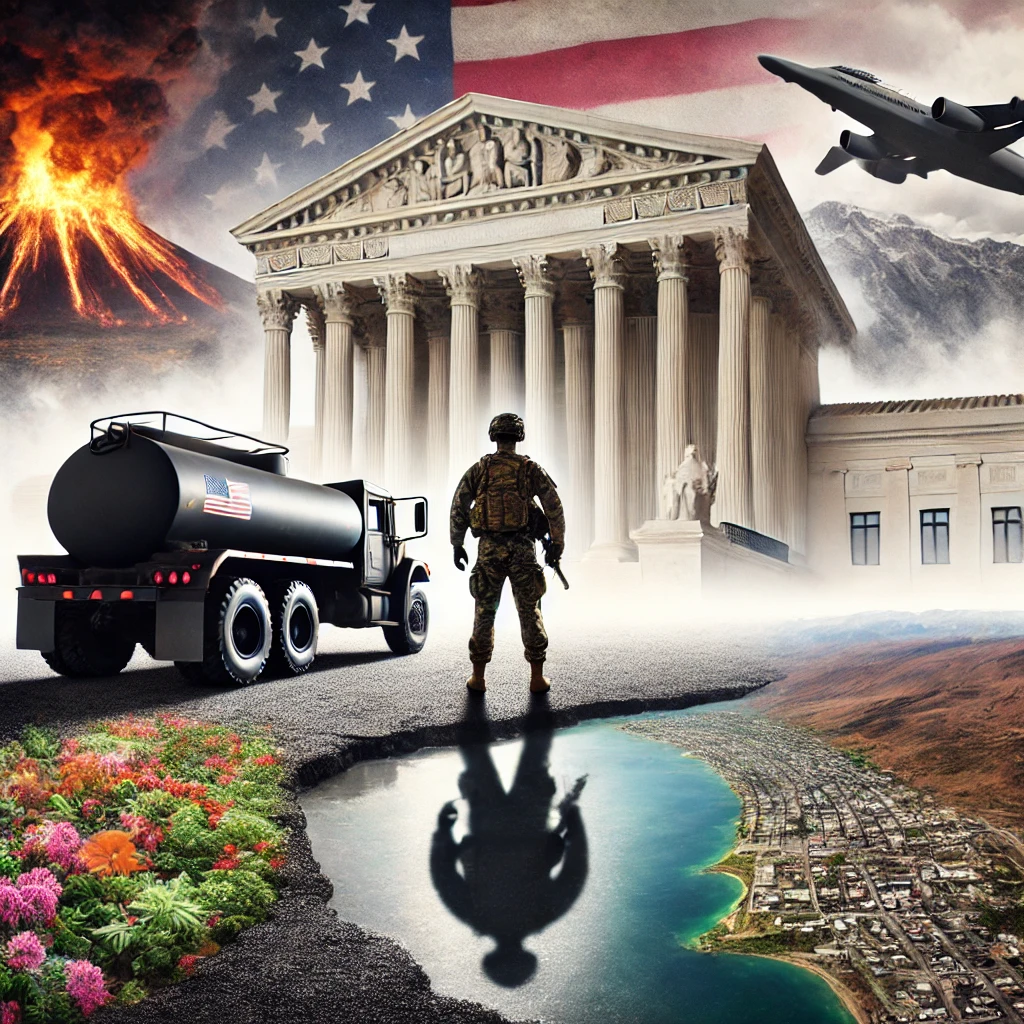
The Supreme Court’s decision to overturn the Chevron deference has introduced significant uncertainty into the enforcement of environmental regulations, particularly concerning military pollution. As the Air Force and other entities potentially leverage this ruling to evade responsibility, the consequences for public health and the environment could be dire, especially in regions like Hawaii that have already borne the brunt of military-induced environmental damage. The need for vigilant oversight and robust legal frameworks has never been more critical as the nation navigates the fallout from this pivotal Supreme Court decision.

